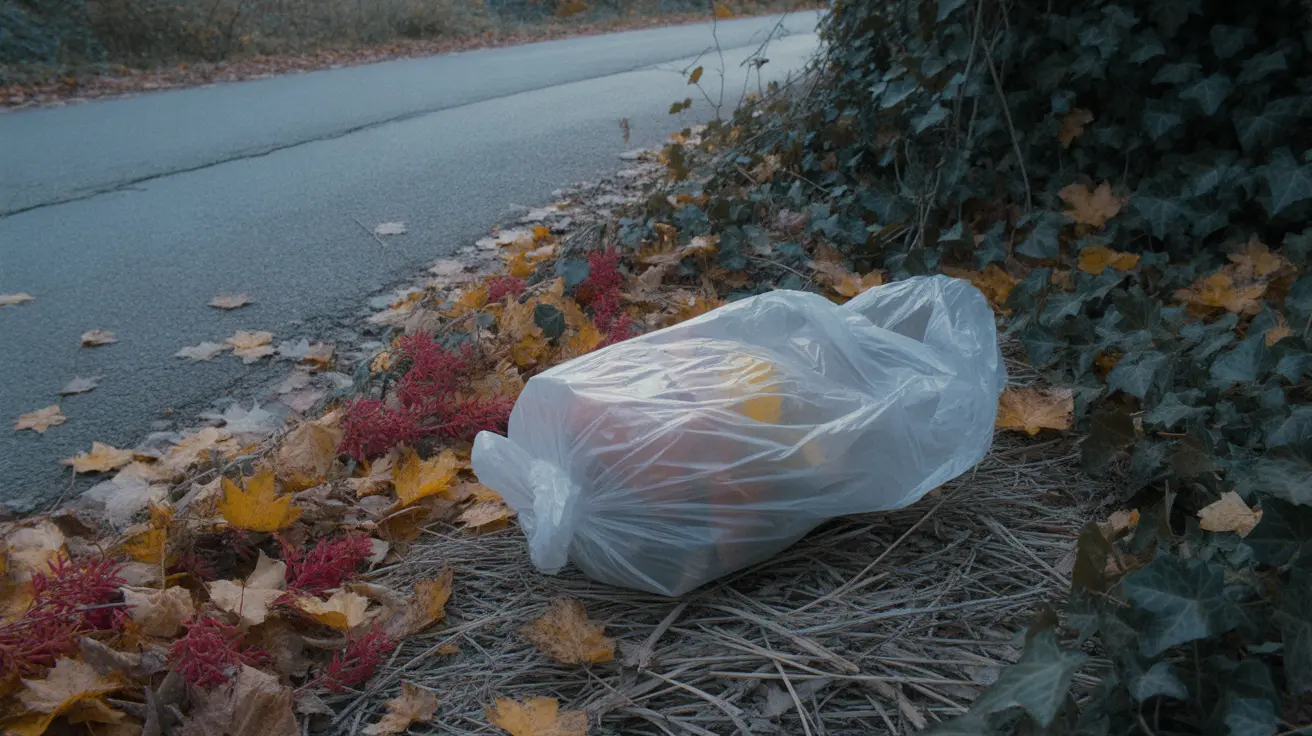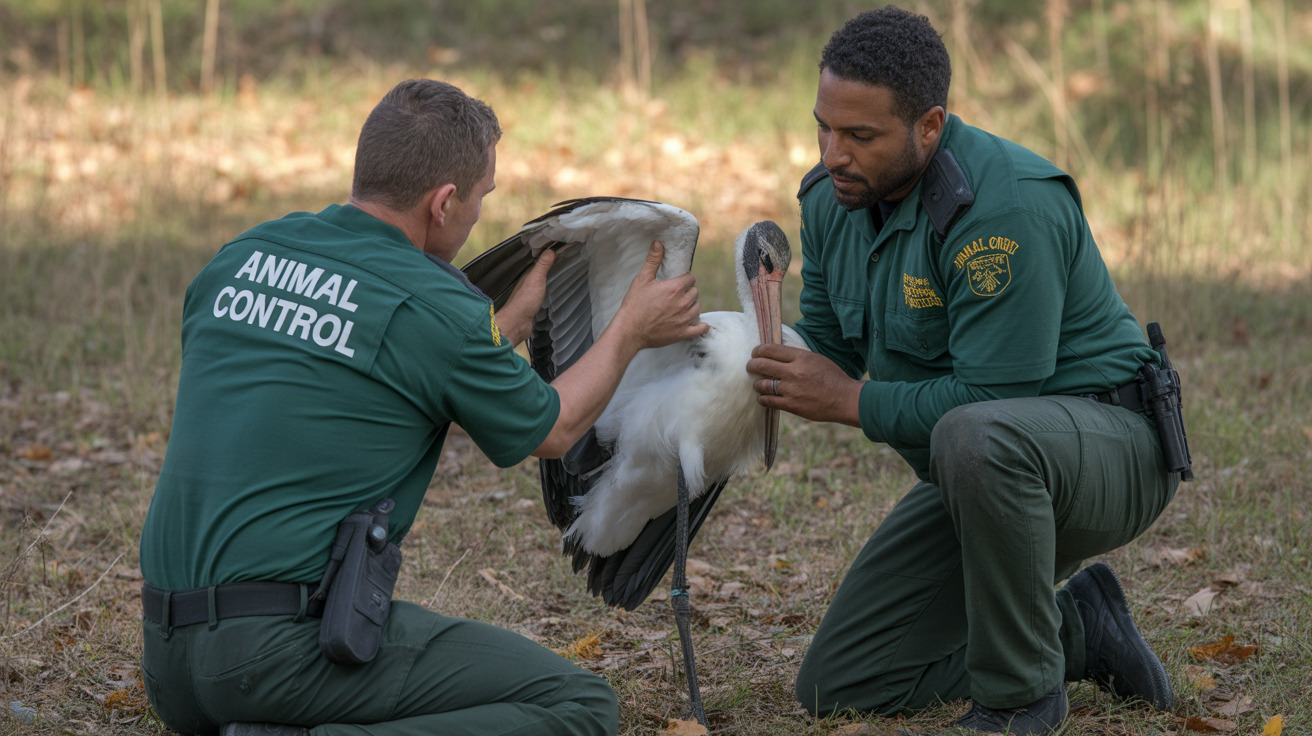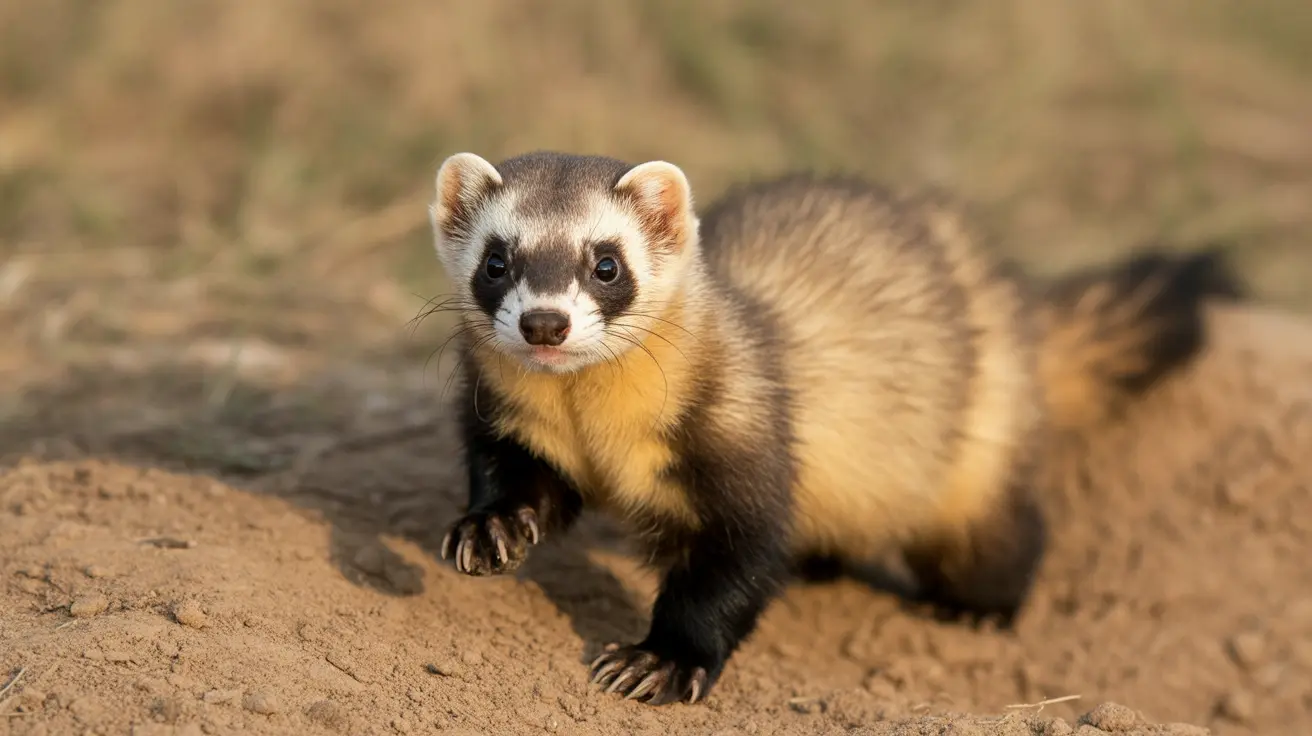Why Corn on the Cob Is Dangerous for Dogs
Many pet owners enjoy sharing bits of their meals with their furry companions, especially during summer cookouts. Corn on the cob is a popular food choice during these gatherings, and dogs are often tempted by its taste and aroma. However, feeding corn on the cob to a dog can lead to serious health risks.
Understanding the Danger
While plain corn kernels off the cob are safe for most dogs in small amounts, the cob itself is not digestible and presents various dangers:
- Choking Hazard: The cob is tough and fibrous, making it prone to getting stuck in a dog's throat.
- Gastrointestinal Blockage: If swallowed, corn cobs can cause obstructions anywhere along the digestive tract, from the stomach to the intestines.
- Life-Threatening Complications: Untreated blockages may result in tissue death, intestinal rupture, infection, sepsis, and even death.
Symptoms of Corn Cob Ingestion
If a dog eats any part of a corn cob, they may exhibit signs of internal blockage. These symptoms can be delayed, appearing within hours or even after several days:
- Vomiting or retching
- Lethargy and low energy
- Loss of appetite
- Abdominal discomfort or whining
- Panting or hunched posture
- Constipation or straining
- Diarrhea or abnormal drooling
- Black or tar-like stools
- Collapse or dehydration in severe cases
What to Do If Your Dog Eats a Corn Cob
If you suspect or witness your dog ingesting a corn cob:
- Do not wait—contact your veterinarian immediately.
- Do not induce vomiting unless specifically instructed by a vet.
- Veterinary treatment may involve imaging, endoscopic removal, or surgical intervention depending on the cob’s location and size.
Delaying treatment can worsen the outcome and increase the likelihood of fatal complications.
Prevention Is Key
To keep your dog safe, take the following precautions:
- Dispose of corn cobs properly in pet-proof trash cans.
- Educate family and guests to avoid feeding dogs corn cobs or food scraps containing them.
- Clean up after meals and keep your dog away from trash.
- Supervise during events like picnics and BBQs where corn on the cob is served.
Safe Corn Alternatives
In contrast, moderate portions of cooked corn kernels without salt or butter can be safe for most dogs. Other corn-based treats include:
- Plain, air-popped popcorn (unsalted and unbuttered)
- Commercial dog food containing corn as an ingredient
These options contain protein, fiber, and essential nutrients, but should still make up only a small part of your dog’s overall diet.
Monitor and Act
If your dog has recently chewed or had access to a corn cob—even if they seem fine—observe closely for 24 to 72 hours. Small fragments may go unnoticed but still pose a risk. Watch for changes in appetite, bowel habits, or behavior and consult your vet if unsure.
Final Thoughts
Though corn may seem harmless, the cob component is very dangerous for dogs and should always be excluded from their diet. In case of any ingestion, prompt veterinary action is crucial for the best chance of recovery. Through vigilance, education, and prevention, dog owners can help their pets stay safe while enjoying summertime festivities.





